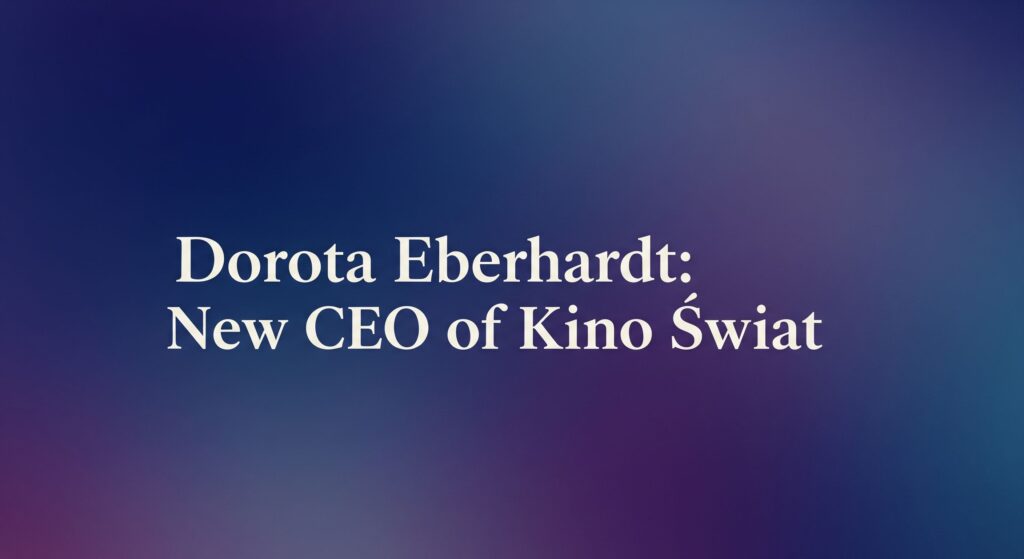The vehicle is being constructed on a hybrid foundation that integrates Northrop Grumman’s Antares platform with Firefly’s Alpha rocket technology.
Northrop Grumman Corporation has made a significant investment of $50 million into Firefly Aerospace to accelerate the production of their collaboratively developed medium launch vehicle, now named Eclipse. The two companies are making strides in the development of Eclipse flight hardware, with qualification testing currently in progress and over 60 hot fire tests of the Miranda engine completed to date.
Jason Kim, CEO of Firefly Aerospace, expressed his gratitude, stating: “Firefly is incredibly thankful for Northrop Grumman’s investment, which strengthens our unique partnership to construct the first stage of Antares 330 and jointly develop Eclipse. Eclipse signifies the collaboration of two powerful entities aiming to revolutionize the launch market with decades of flight experience, a swift, iterative approach, and bold innovation. With a capacity to deliver 16 metric tons to orbit, Eclipse is ideally suited for programs like NSSL Lane 1 and is a natural choice for launching proliferated constellations in LEO, MEO, GEO, and TLI.”
Built on the foundations of Northrop Grumman’s Antares and Firefly’s Alpha rocket, Eclipse represents a substantial advancement in power, performance, production speed, and payload capacity. This launch vehicle incorporates flight-proven avionics from the Antares program, enhanced with upgrades such as a larger 5.4-meter payload fairing. Eclipse also utilizes the same first stage that Firefly is developing for Antares 330, along with scaled-up versions of Alpha’s propulsion systems and carbon composite structures, enabling rapid construction and testing of Eclipse with significant production efficiencies and economies of scale.
Firefly has employed the same patented tap-off cycle architecture from Alpha’s Reaver and Lightning engines for Eclipse’s Miranda and Vira engines. They have successfully completed a mission duty cycle with a 206-second hot fire of the Miranda engine, matching the longest burn time expected during a flight. Following multiple development test campaigns, flight hardware has been produced for the common dome propellant tanks, engine bay, and interstage.
Wendy Williams, Vice President and General Manager of Launch and Missile Defense Systems at Northrop Grumman, added: “Eclipse provides customers with the ideal balance between payload capacity and affordability. Our partnership with Firefly enhances our ability to deliver essential space-based communication, observation, and exploration services for both civil and national security clients.”
Addressing a gap in an underserved market, Eclipse is designed to transport 16,300 kg of cargo to low Earth orbit or 3,200 kg to geosynchronous transfer orbit. The inaugural launch of Eclipse is scheduled to take place from Wallops Island, Virginia, as early as 2026. This vehicle is poised to support space station resupply missions, commercial spacecraft, critical national security operations, and scientific payloads for both domestic and international markets.
Persons
Company Names
Northrop Grumman, Firefly Aerospace
Titles
Eclipse, Antares, Alpha
Disclaimer: This article has been auto-generated from a syndicated RSS feed and has not been edited by Vitrina staff. It is provided solely for informational purposes on a non-commercial basis.































